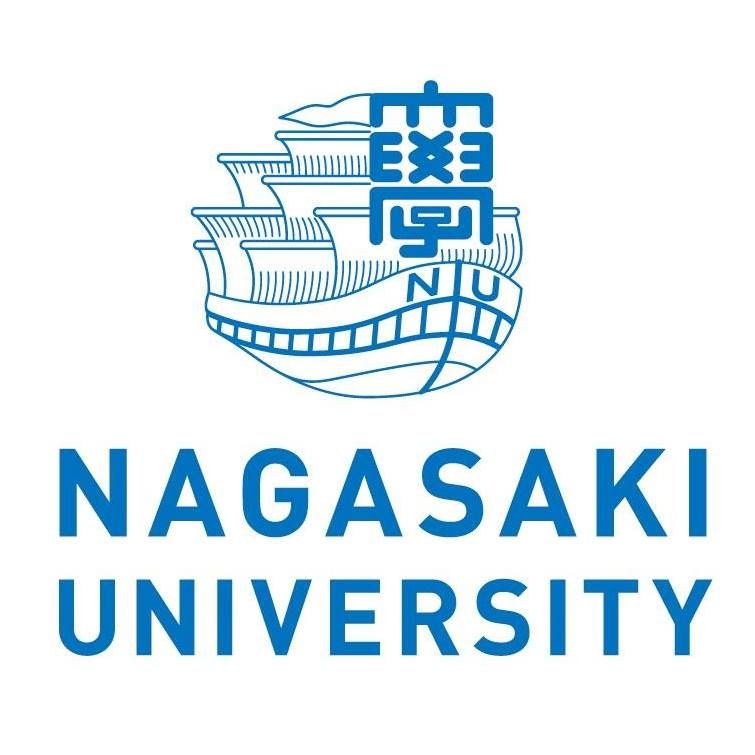Abstract:To explore the potential biological activities of trifluoromethyl heterocycles, we recently developed a synthetic approach to access a series of α‐trifluoromethyl‐α,β‐unsaturated lactones and trifluoromethyl pyrazolinones. The compounds were tested for their antimicrobial activity, and we found that some compounds had anti‐influenza viral activity. The β‐aryl‐α‐trifluoromethyl α,β‐unsaturated lactone derivatives 5 g (5‐(4‐chlorophenyl)‐5‐methyl‐4‐phenyl‐3‐(trifluoromethyl)furan‐2‐one), 7 b (4‐(4‐methoxyphenyl)‐3‐(trifluoromethyl)spiro[furan‐5,1′‐indane]‐2‐one), and the trifluoromethyl pyrazolinone 12 c (1‐(6‐methoxy‐2‐naphthyl)‐2‐(trifluoromethyl)‐5,6,7,8‐tetrahydropyrazolo[1,2‐a]pyridazin‐3‐one) were found to possess promising inhibitory activity against influenza virus type A, strain A/WSN/33 (H1N1). These three hit compounds were successfully optimized, and we identified that the most potent compound 5 h (5‐(4‐chlorophenyl)‐4‐(6‐methoxy‐2‐naphthyl)‐5‐methyl‐3‐(trifluoromethyl)furan‐2‐one) showed inhibitory activity against various types of influenza A and B viruses in the low‐micromolar range without showing cytotoxicity. Moreover, 5 h was more effective against the clinical isolate A/California/7/2009 (H1N1pdm) strain than the influenza viral polymerase inhibitor, favipiravir (T‐705). We also delineated the structure–activity relationship and obtained mechanistic insight into inhibition of the viral polymerase.






